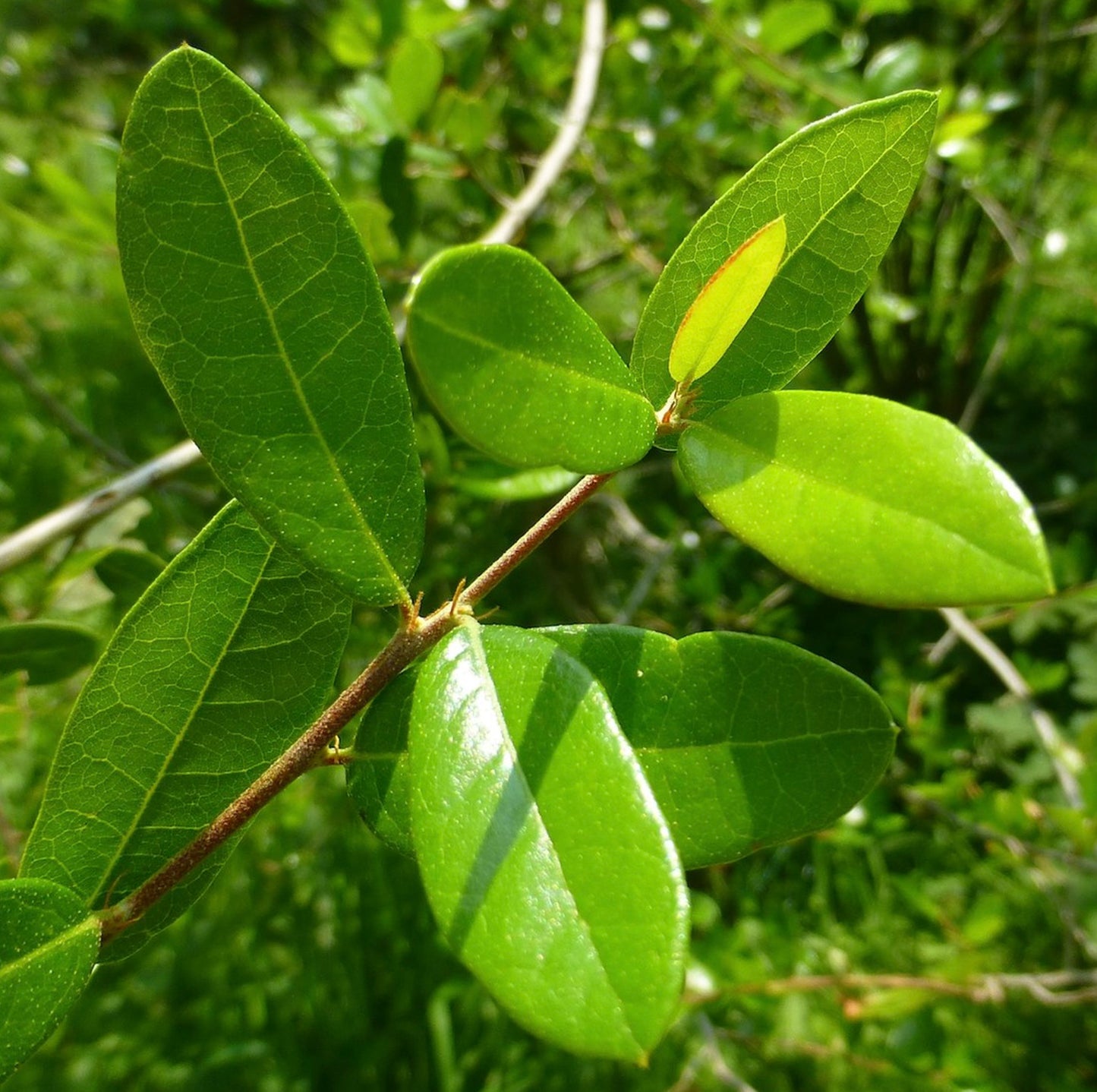- Catalogue Plants
Quercus fusiformis 10-30cm
Quercus fusiformis 10-30cm
Regular price
€80,00 EUR
Regular price
Sale price
€80,00 EUR
Unit price
per
Tax included.
Shipping calculated at checkout.
Couldn't load pickup availability
Plant Description
IMPORTANT: Please be aware that picture 1 show adult plant not for sale, the offer is for a plant in the dimension indicated in title description.
Disclaimer: Please keep on mind that the plant may have grown since pictured. Also be aware that most plants change across seasons. If present foliage could have been fallen or change in its color.
Botanical family: Fagaceae
Botanical genus: Quercus
Botanical species: Quercus fusiformis
SKU:BA-1865-S
Cultivation
Cultivation
Additional information
Additional information
Plant Height: 15-30cm
Plant Diameter:
Picture Taken on:
Pot Size:
Grafted/Not Grafted:


